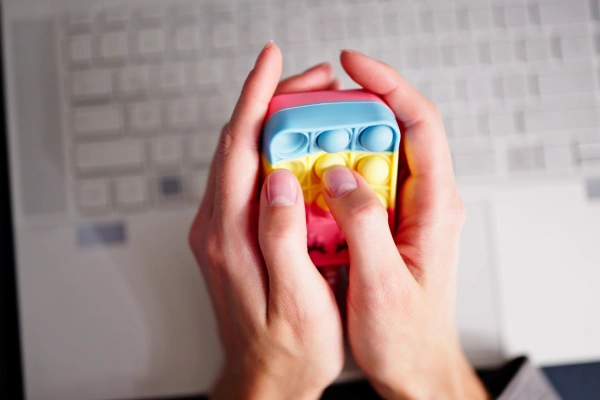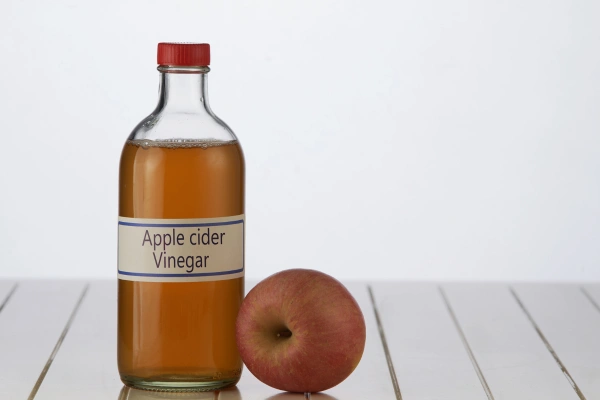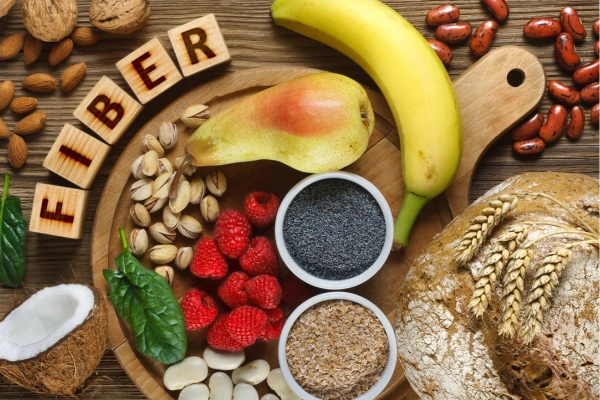Managing blood sugar levels is essential for maintaining overall health, especially for people with diabetes or prediabetes. High blood sugar, or hyperglycemia, can lead to serious complications if left unchecked. But the good news is, you can take simple, natural steps every day to help keep your blood sugar balanced—without relying solely on medication.
If you’re looking for easy, science-backed ways to lower blood sugar naturally, you’re in the right place! Below are six effective strategies that are easy to incorporate into your daily routine. Whether you’re newly diagnosed or just want to optimize your health, these tips will empower you to take control.
1. Choose Low Glycemic Index (GI) Foods

One of the most important ways to manage blood sugar is to focus on the glycemic index of the foods you eat.
What is Glycemic Index?
The glycemic index measures how quickly a food raises your blood sugar levels after eating. Foods with a high GI cause rapid spikes, while low GI foods release sugar slowly, preventing those sharp increases.
How to Use This Tip:
- Opt for whole grains like quinoa, barley, and steel-cut oats instead of white rice or white bread.
- Include plenty of non-starchy vegetables such as spinach, broccoli, and cauliflower.
- Choose fruits with lower GI values, like berries, cherries, and apples.
- Avoid sugary snacks, sodas, and refined carbs (think white bread, pastries).
Why It Works:
Low GI foods reduce blood sugar spikes, help maintain energy levels, and improve insulin sensitivity over time.
2. Stay Active with Regular Exercise

Physical activity is a powerful tool for lowering blood sugar naturally.
Types of Exercise That Help:
- Aerobic exercises like walking, cycling, or swimming increase insulin sensitivity.
- Strength training helps build muscle, which uses more glucose.
- Flexibility and balance exercises such as yoga reduce stress, another factor that can raise blood sugar.
How Much Should You Exercise?
Aim for at least 150 minutes of moderate-intensity exercise per week (about 30 minutes, 5 days a week). Even short 10-minute walks after meals can help reduce blood sugar spikes.
Why It Works:
Exercise helps your muscles use glucose for energy, lowering the amount in your bloodstream. It also helps regulate your hormones that control blood sugar.
3. Manage Stress Through Mindfulness and Relaxation

Stress is often overlooked but can have a significant impact on blood sugar levels.
The Stress-Blood Sugar Connection:
When stressed, your body releases cortisol and other hormones that increase blood sugar to give you quick energy—part of the “fight or flight” response. Chronic stress can keep blood sugar elevated over time.
Simple Stress-Reducing Techniques:
- Practice deep breathing exercises for 5-10 minutes daily.
- Try meditation or guided mindfulness apps like Headspace or Calm.
- Engage in hobbies that relax you, such as reading, gardening, or listening to music.
- Prioritize quality sleep—aim for 7-9 hours per night.
Why It Works:
Reducing stress lowers cortisol levels, which helps your blood sugar stay more balanced throughout the day.
4. Drink Apple Cider Vinegar Before Meals

Apple cider vinegar (ACV) is a natural remedy gaining popularity for blood sugar control.
How to Use It:
- Mix 1-2 tablespoons of raw, unfiltered apple cider vinegar with a glass of water.
- Drink it about 15-20 minutes before meals.
- Start with smaller amounts if you’re sensitive to acidity.
What the Science Says:
Studies show that ACV can improve insulin sensitivity and lower blood sugar spikes after eating, especially in people with insulin resistance.
Important Notes:
- Don’t drink undiluted ACV—it can harm your tooth enamel and irritate your throat.
- Check with your doctor if you’re on medications, as ACV may interact with some drugs.
5. Increase Your Fiber Intake

Fiber slows down the digestion of carbohydrates and sugar absorption, leading to steadier blood sugar levels.
Which Fibers Help?
- Soluble fiber found in oats, beans, lentils, and fruits like apples and oranges.
- Insoluble fiber in whole grains, nuts, and vegetables supports gut health, which also influences blood sugar control.
Tips to Add More Fiber:
- Start your day with a high-fiber cereal or oatmeal.
- Snack on raw veggies or nuts.
- Replace white rice and pasta with whole grains or legumes.
- Include chia seeds or flaxseeds in smoothies or yogurt.
Why It Works:
Fiber improves blood sugar control by slowing sugar absorption and promoting a feeling of fullness, reducing overeating.
6. Stay Hydrated With Water

Proper hydration plays a crucial role in blood sugar management.
How Water Helps:
- Drinking enough water helps your kidneys flush out excess sugar through urine.
- Dehydration can raise blood sugar levels because less water in your body means sugar is more concentrated.
How Much Should You Drink?
- Aim for at least 8 cups (64 ounces) of water daily.
- Increase intake if you exercise or live in a hot climate.
Tips to Stay Hydrated:
- Carry a reusable water bottle with you.
- Infuse your water with lemon, cucumber, or mint if plain water feels boring.
- Limit sugary drinks and alcohol, which can dehydrate you and spike blood sugar.
Bonus Tips for Blood Sugar Control
- Avoid sugary beverages like soda and sweetened coffee or tea.
- Limit processed foods high in refined carbs and unhealthy fats.
- Get regular health check-ups to monitor your blood sugar and overall health.
- Consider natural supplements like cinnamon or chromium, but always consult your doctor first.
Final Thoughts: Your Journey to Balanced Blood Sugar Starts Today
Lowering blood sugar levels naturally doesn’t have to be complicated. By incorporating these six simple habits—choosing low GI foods, staying active, managing stress, using apple cider vinegar, increasing fiber, and staying hydrated—you can improve your blood sugar control and boost your overall health.
Remember, small changes over time create lasting results. Start by picking one or two strategies that feel manageable, and build from there. And as always, consult with your healthcare provider before making major changes, especially if you have diabetes or other health conditions.
